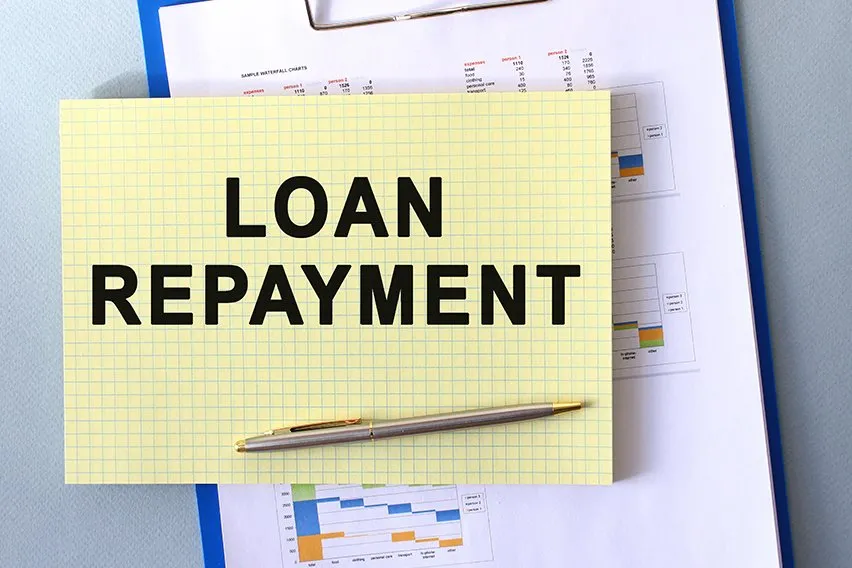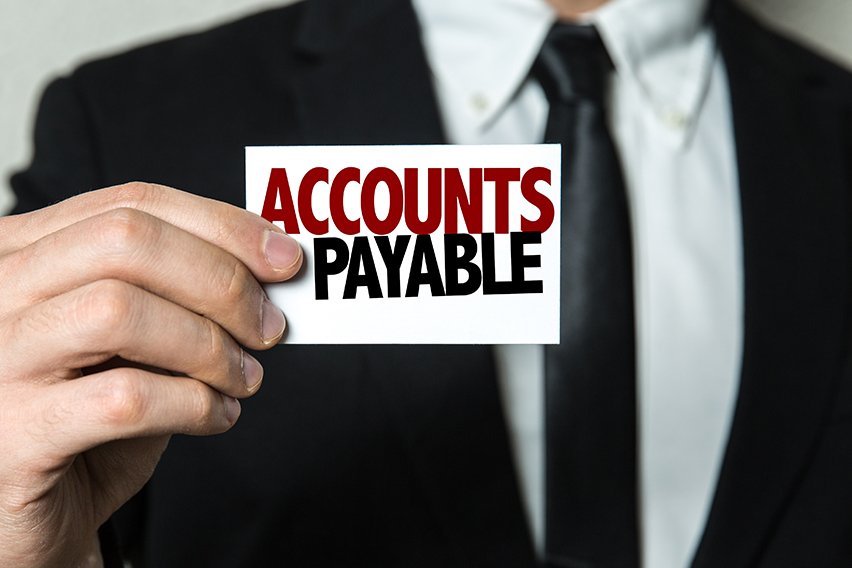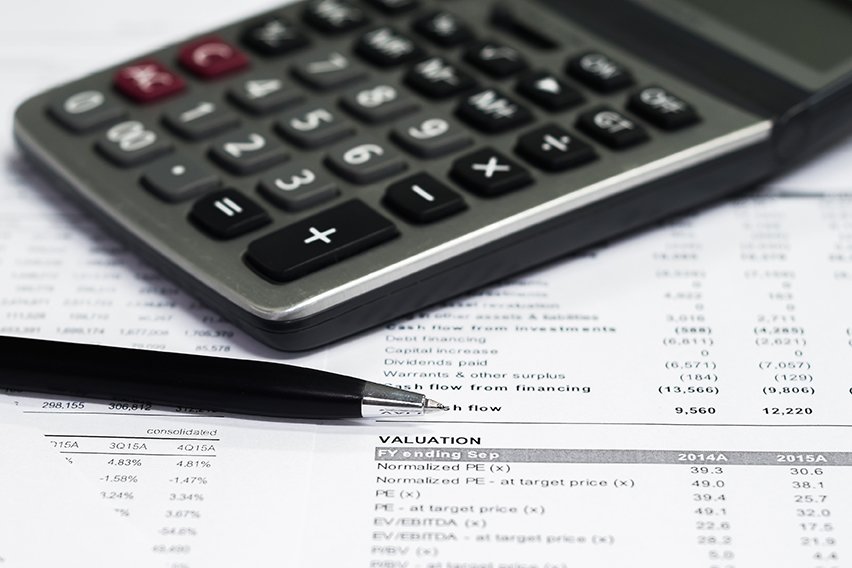How to Manage Loan Repayment Account Entry

When you’re entering a loan payment in your account it counts as a debit to the interest expense and your loan payable and a credit to your cash.
Your lender’s records should match your liability account in Loan Payable. Check your bank statement to confirm that your Loan Payable is correct by reviewing your principal loan balance to make sure they match.
This double entry will be recorded as a debit to the company’s current asset account for the amount that the bank deposited into the company’s checking account and a credit to the company’s current liability account (or Loans Payable) for the repayment amount. Bank fees and prepaid interest might cause these two amounts to slightly differ.
In this article, we will discuss:
How Do You Record a Loan in Accounting?
Is Loan Repayment Included in an Income Statement?

How Do You Record a Loan in Accounting?
Businesses often need some type of financing in their lifecycle. This financing often comes in the form of a loan from a commercial bank.
These loans can be short-term, where the loan repayment is processed in less than a year or a long-term loan which can be paid back in over a year’s time. On your business’ balance sheet your loan will be classified as a short-term or long-term liability.
Here are four steps to record loan and loan repayment in your accounts:
Record the Initial Loan Transaction
When recording your loan and loan repayment in your general ledger, your business will enter a debit to the cash account to record the receipt of cash from the loan and a credit to a loan liability account for the outstanding loan.
The short-term notes to indicate what is owed within a year and long-term notes for the amount payable after the year. If the loan is expected to be paid in less than a year, there will be no long-term notes.
Record the Loan Interest
Banks and lenders charge interest on their loan repayment on a periodical basis. The period can be monthly or semi-annually with interest paid out based on a payment schedule.
In your bookkeeping, interest accumulates on the same periodic basis even if the interest is not due. This interest is debited to your expense account and a credit is made a liability account under interest payable for the pending payment liability.
Record Interest Payments
Interest payments are sometimes made after the interest is accumulated and recorded.
If this is the case, an interest payment doesn’t cause a business to acquire another interest expense. When recording this interest payment, your business enters it as a debit to the account of interest payable to remove the pending payment liability and credits the cash account for the amount of the interest paid.
Record Your Loan Payments
An unamortized loan repayment is processed once the amount of the principal loan is at maturity. When your business records a loan payment, you debit the loan account to remove the liability from your books and credit the cash account for the payments.
For an amortized loan, repayments are made over time to cover interest expenses and the reduction of the principal loan.
When recording periodic loan payments, first apply the payment toward interest expense and then debit the remaining amount to the loan account to reduce your outstanding balance. The cash account will be credited to record the cash payment.

Is a Loan Payment an Expense?
A loan payment often consists of an interest payment and a payment to reduce the loan’s principal balance. The interest portion is recorded as an expense, while the principal portion is a reduction of a liability such as Loan Payable or Notes Payable.
When using the accrual method of accounting, interest expenses and liabilities are recorded at the end of each accounting period instead of recording the interest expense when the payment is made. You can do this by adjusting entry to match the interest expense to the appropriate period. Also, this is also a result of reporting a liability of interest that the company owes as of the date on the balance sheet.
Is Loan Repayment Included in an Income Statement?
Only the interest portion of a loan payment will appear on your income statement as an Interest Expense. The principal payment of your loan will not be included in your business’ income statement.
This payment is a reduction of your liability, such as Loans Payable or Notes Payable, which is reported on your business’ balance sheet. The principal payment is also reported as a cash outflow on the Statement of Cash Flows.
RELATED ARTICLES

 How to Audit Accounts Payable in Your Small Business
How to Audit Accounts Payable in Your Small Business Accounting Forecasting Techniques and Tips for Small Businesses
Accounting Forecasting Techniques and Tips for Small Businesses What Is Work Order Accounting? Why It’s Important to Your Business.
What Is Work Order Accounting? Why It’s Important to Your Business. How to Calculate Equity Income in 4 Easy Steps
How to Calculate Equity Income in 4 Easy Steps How to Create a Single-Step Income Statement and Simplify Your Small Business Accounting
How to Create a Single-Step Income Statement and Simplify Your Small Business Accounting Should I Hire An Accountant For My Small Business?
Should I Hire An Accountant For My Small Business?